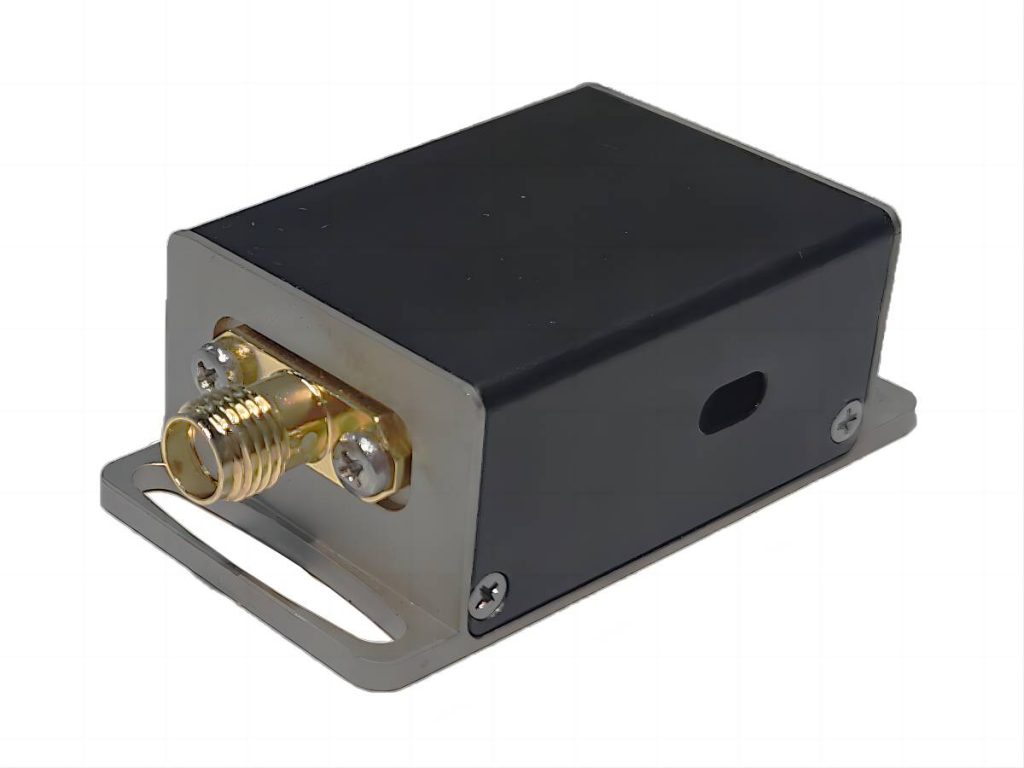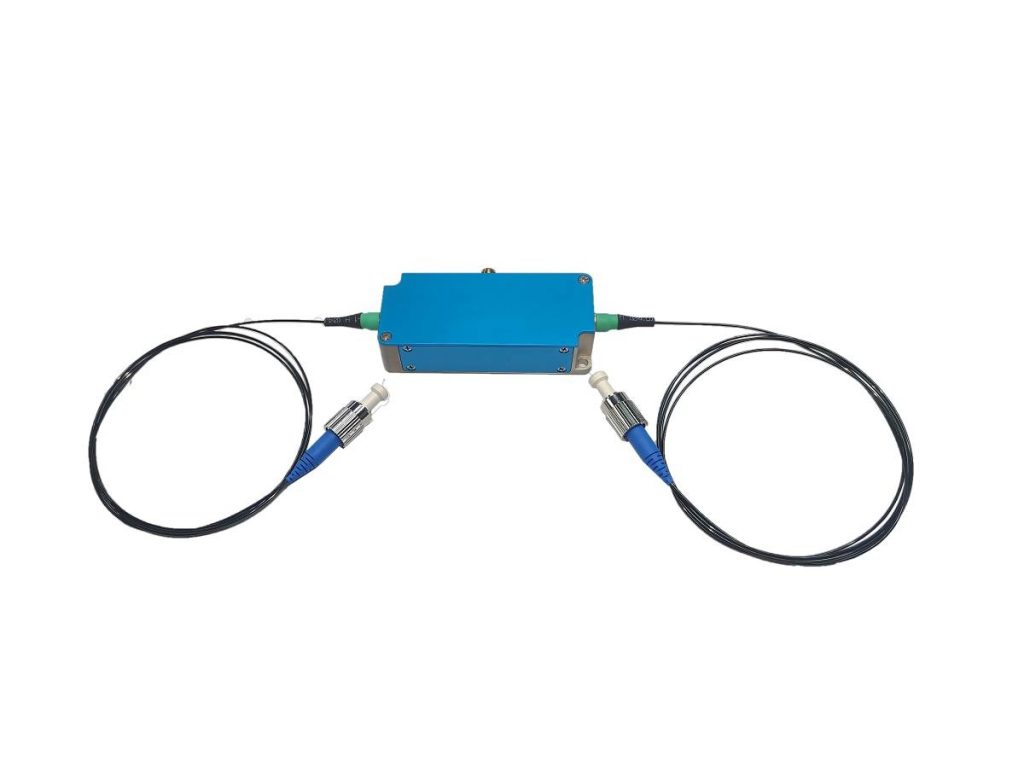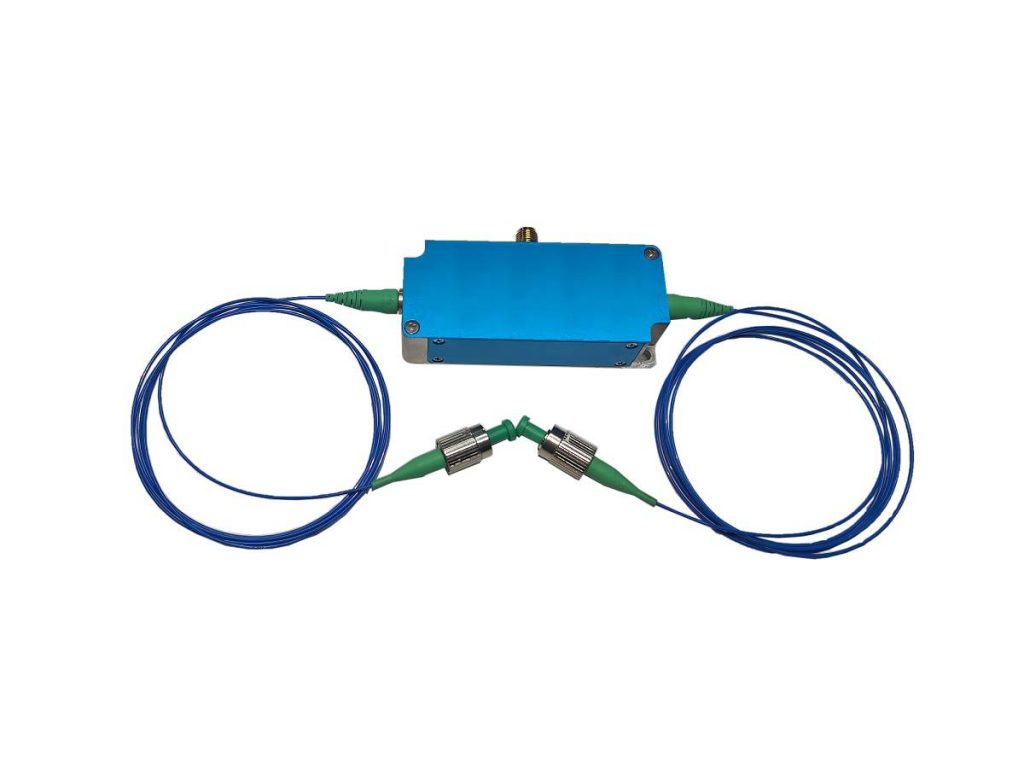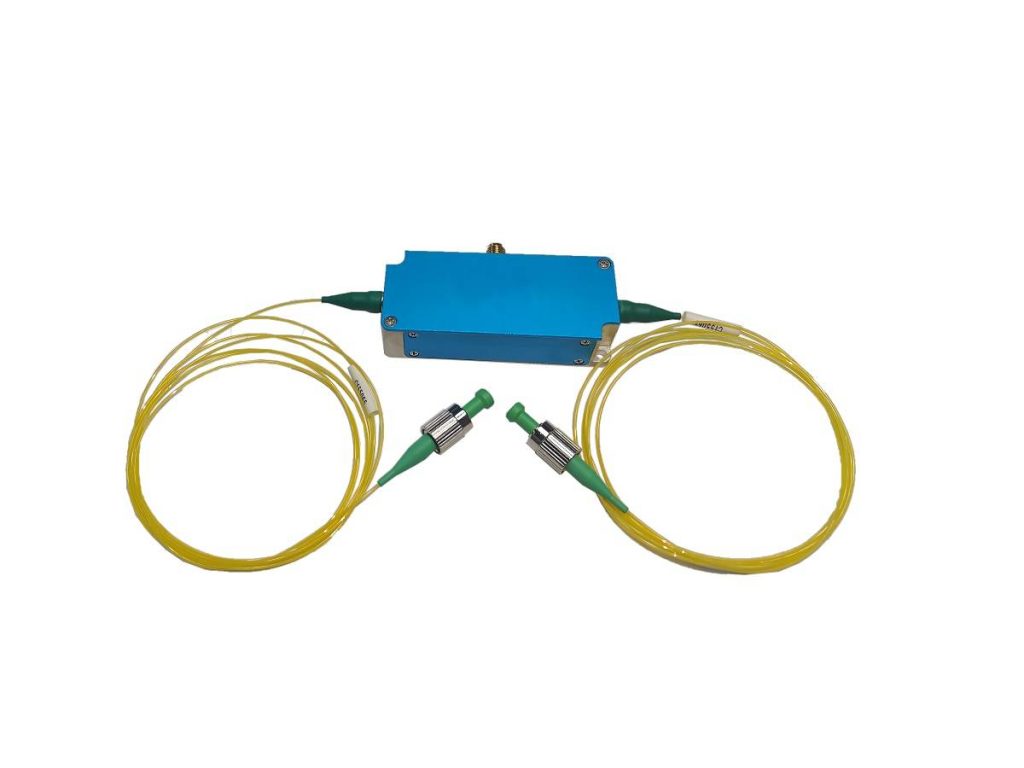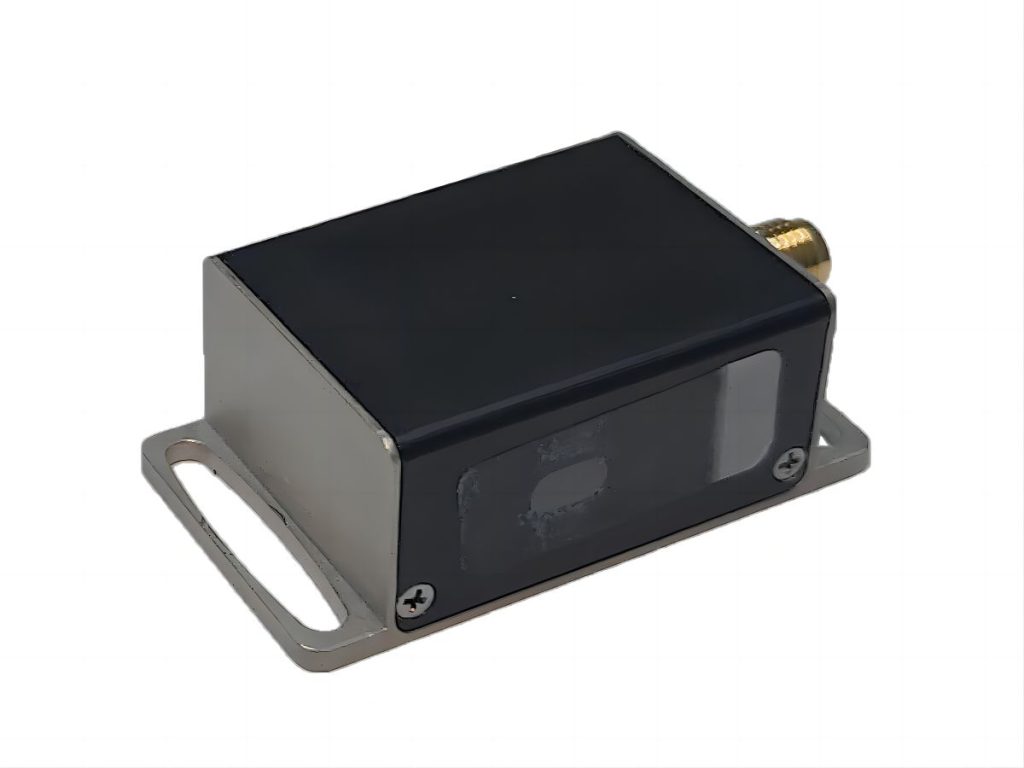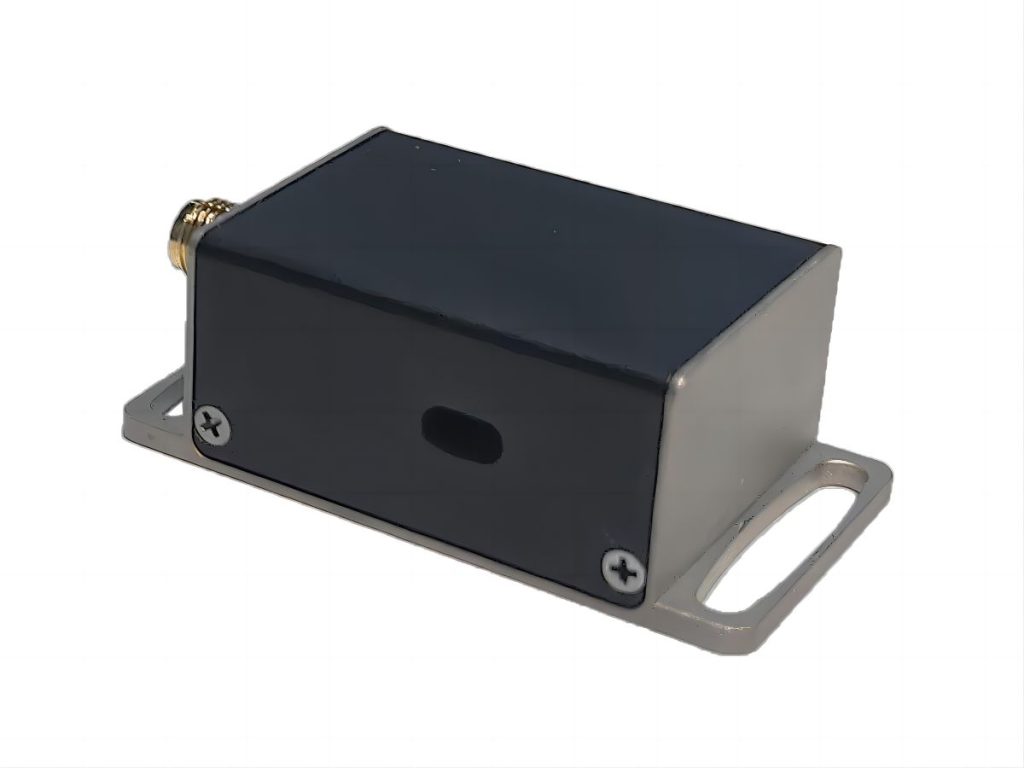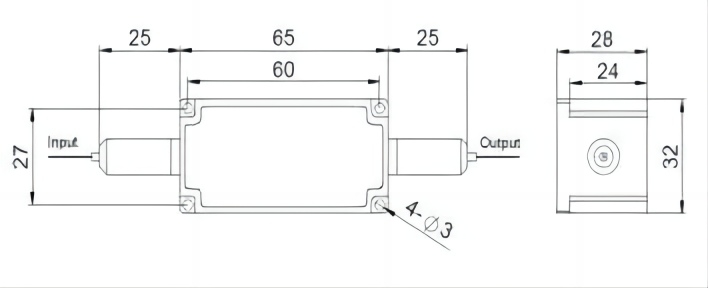The Power of POA-AOM Collaboration in Fiber Optic Communication Systems
Fiber optic communication systems have undergone rapid advancements, driven by the increasing demand for high-speed, reliable data transmission. Two key components that have played a pivotal role in these advancements are passive optical amplifiers (POAs) and fiber optic acousto-optic modulators (AOMs). While POAs are renowned for their ability to amplify optical signals, AOMs offer precise control over beam modulation and switching. When combined, these components create a powerful synergy that enhances the performance and capabilities of fiber optic communication systems. Smart Sci & Tech introduces the collaborative relationship between POAs and AOMs, exploring how they work together, the benefits they offer, and the diverse scenarios where their combined functionality proves invaluable.

How Do Passive Optical Amplifiers and AOMs Work Together in Fiber Optic Communication Systems?
In fiber optic communication systems, passive optical amplifiers (POAs) and fiber optic acousto-optic modulators (AOMs) can synergistically enhance signal transmission quality and system flexibility. POAs are primarily employed to amplify optical signals propagating through fiber optic cables, compensating for signal attenuation during transmission. This enables extended communication distances or increased signal power. Conversely, AOMs are utilized to modulate optical signals, allowing for control over signal amplitude, frequency, as well as beam steering and switching.
A typical collaborative configuration involves using an AOM to tailor signal characteristics, such as modulating the signal or altering its propagation direction, followed by amplification of the modulated signal using a POA. This arrangement enables efficient control and amplification of signals without compromising quality, making it suitable for advanced communication systems demanding flexible signal processing. For instance, in intricate fiber optic networks, AOMs can be employed to select specific signal paths or implement dynamic routing, while POAs ensure sufficient signal strength over long-distance transmission.
While a comprehensive search did not yield specific recent examples of POA and AOM collaboration in fiber optic communication systems, it provided foundational information and operational principles regarding these devices. In practical applications, system designers integrate these components based on specific communication requirements to achieve optimal system performance.

What Are the Benefits of Using Passive Optical Amplifiers and AOMs Together in Fiber Optic Communication Systems?
The combined use of passive optical amplifiers (POAs) and fiber optic acousto-optic modulators (AOMs) in fiber optic communication systems offers several significant advantages:
- Enhanced Signal Quality: AOMs enable precise control over signal modulation and path selection, while POAs amplify these carefully controlled signals, ensuring long-haul transmission without compromising signal quality.
- Increased System Flexibility: By combining the modulation capabilities of AOMs with the amplification function of POAs, dynamic signal processing and routing can be realized in complex fiber optic networks, enhancing system adaptability and flexibility.
- Nonlinear Effect Management: In high-power laser systems, AOMs can help manage beams to mitigate nonlinear effects, and POAs can amplify these managed signals, ensuring system stability and efficiency.
- Improved Transmission Rate: The fast modulation characteristics of AOMs, coupled with the amplification capabilities of POAs, support high-speed data transmission, which is crucial for modern fiber optic communication systems.
- Reduced Insertion Loss: AOMs can handle relatively high optical power, meaning that when combined with POAs, insertion loss can be reduced, improving the overall transmission efficiency of the system.
- Dynamic Optical Path Switching: In applications requiring dynamic adjustment of signal paths, AOMs can be used in conjunction with POAs to enable fast and efficient optical path switching.
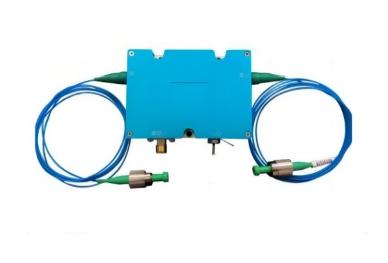
In What Situations Would Passive Optical Amplifiers and AOMs Work Together?
Passive optical amplifiers (POAs) and fiber optic acousto-optic modulators (AOMs) often work together in fiber optic communication systems under the following circumstances:
- Signal Amplification and Modulation: In long-haul fiber optic communication systems, signals attenuate over distance and require amplification by POAs to maintain signal strength. Simultaneously, AOMs can modulate the amplified signals to enable data transmission.
- Dynamic Optical Path Switching: AOMs can be used to control the propagation path of optical signals, while POAs provide the necessary signal amplification. This configuration enables dynamic routing and amplification of signals in complex fiber optic networks.
- Beam Control: AOMs can precisely control the direction and intensity of optical beams, and POAs can amplify these precisely controlled signals to accommodate specific communication requirements.
- Nonlinear Effect Management: In high-power laser systems, AOMs may be used to manage beams to avoid nonlinear effects. POAs can then amplify these managed signals, ensuring system stability and efficiency.
- Wavelength Division Multiplexing (WDM): In WDM systems, POAs and AOMs can work together to enable dynamic channel add/drop and amplification, improving network flexibility and spectral efficiency.
- Optical Coherence Tomography (OCT): In OCT systems, AOMs can be used for fast scanning and beam steering, while POAs can amplify weak backscattered signals, enhancing image quality.
- Optical Fiber Sensors: By combining POAs and AOMs, sensitive fiber optic sensors can be developed for various applications, such as strain measurement, temperature sensing, and vibration detection.

Elevate Your Fiber Optic Network with POA-AOM Solutions
The synergy between passive optical amplifiers and fiber optic acousto-optic modulators has proven invaluable in enhancing the performance and capabilities of fiber optic communication systems. By leveraging the amplification power of POAs and the precise control offered by AOMs, engineers can design and implement networks that are more efficient, flexible, and reliable. As a professional supplier of optical products, we can continue to give you more information about them.

